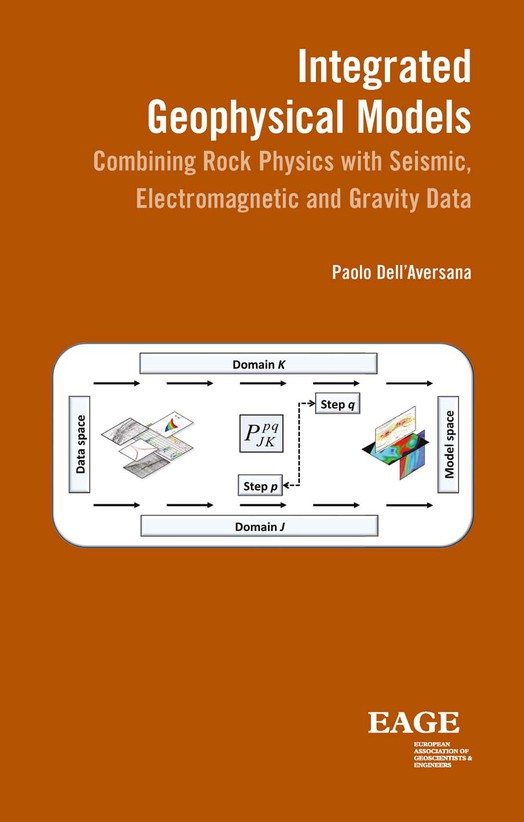Integrated Geophysical Models
Combining Rock Physics with Seismic, Electromagnetic and Gravity Data

- EPUB
The growing interest for electromagnetic and gravity methods, together with the availability of high quality seismic data, justifies the development of efficient methodologies for combining heterogeneous geophysical information into multi-parametric models. This book discusses different approaches for building integrated geophysical models using seismic, electromagnetic and gravity data.
The book will focus mainly on land and offshore geophysical data acquired at the surface. However, also borehole data will be considered as a fundamental support for geophysical integration. Integrated acquisition techniques will be included in the discussion, but the focus will be mainly on integrated model building.
Target audience:
a) Exploration geophysicists and geologists
b) Reservoir geophysicists, petrophysicists, geologists, engineers
c) Exploration and reservoir managers
d) Academics dealing with seismic and/or non-seismic methods
e) Students and researchers in geology and geophysics
Integrated geophysics is one of the most important problems in geosciences. In fact it has received considerable attention in the technical literature since about 1960. However it is difficult to find books dealing with a comprehensive discussion about quantitative integration of the most recent seismic and non-seismic methods applied in the O&G industry. Moreover many techniques discussed in the book here proposed are unedited or only partially discussed in few specific articles.


